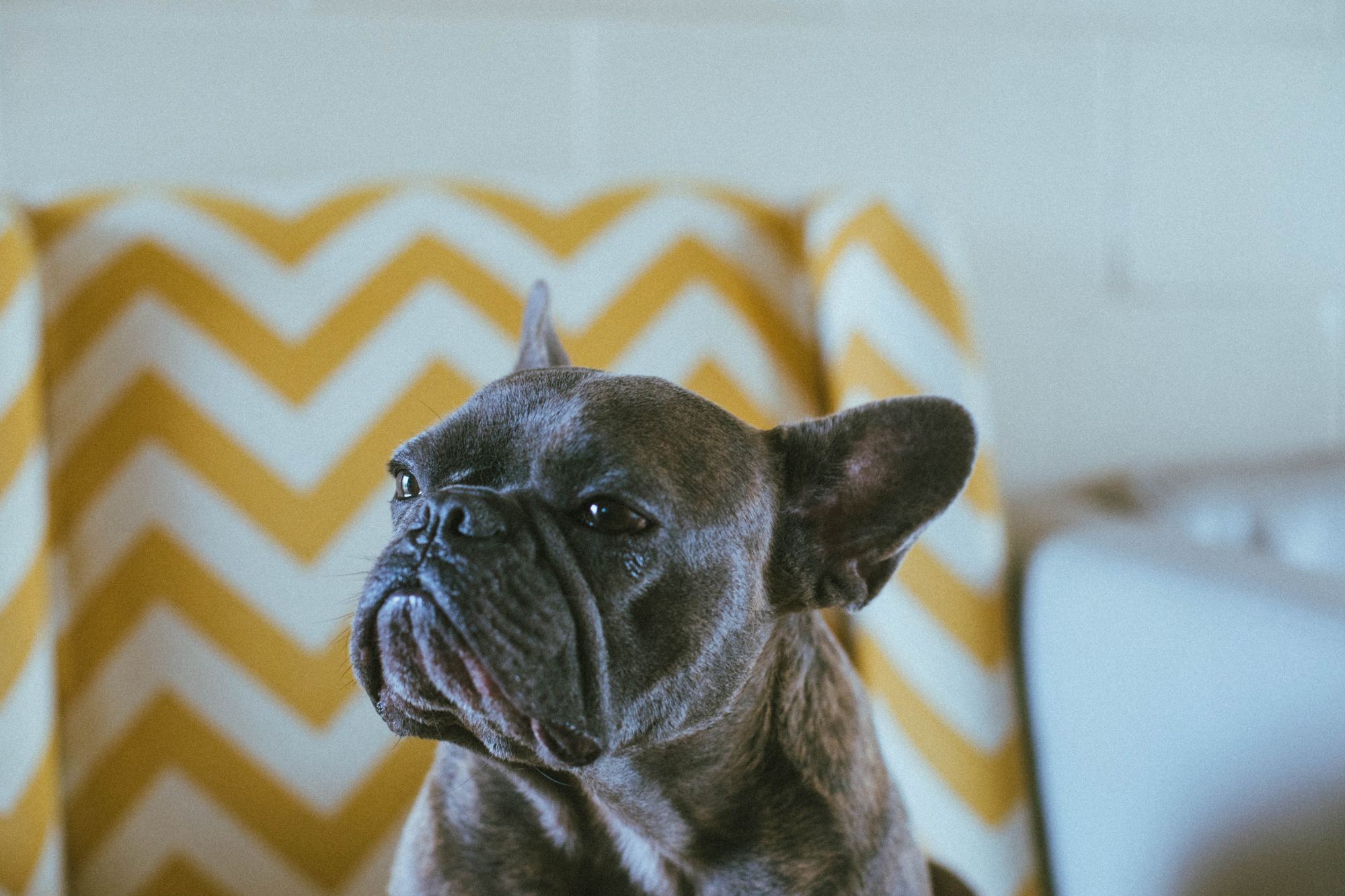Getting a dog is a big decision. Well, really it’s several medium decisions. What breed do you want? What size can you manage? What 90s wrestler should you name them after? But often before all that, you need to decide if you want to adopt a purebred, cross-bred, or mixed dog.
Each options has a lot of pros, as well as a lot of vocal and passionate advocates. Seriously, try posting this question in a dog Facebook group and watch the comments explode. But there are factors to help inform your decision.
First a Background on Dog Breeds
Humans have bred dogs to be the most varied animal species on the planet. It’s estimated that there are more than 400 recognised breeds in the world. Dogs were the first animals we domesticated, and we’ve been changing and tinkering with them for thousands of years. Just think, isn’t it crazy that Chihuahuas and Great Danes are related? And that they’re both descended from the same wolf-like ancestor.
But despite our long and shared history, most of the breeds we know today were created in the last 200 years. Breeds are created when a number of dogs with the same characteristics reproduce true to type for multiple generations. To be “official”–aka considered fixed–a breed needs to be recognised and described by a National Kennel Club. Over the decades, breeds cycle in and out of style, and even go extinct.
Purebreds
When talking about breeds, this is probably what you imagine. To be considered a purebred, both parents need to be pure bred themselves. This closed genetic pool has benefits and drawbacks.
The dogs of a breed will look very similar in size, shape, and colour. As well as sharing temperament traits and behaviours. This means you know what you are getting. A good breeder will know about the health issues of the breed and use tools like genetic testing to try and counter the typical health faults. Although they’re are constrained to only using purebred parents and conforming to the breed standard.
Even with careful breeding, many breeds still have considerably hereditary issues. Pugs and Frenchies have breathing issues, Bernese mountain dogs experience double the cancer rate of dogs in general; and labradors are prone to obesity. Research out of the US estimates that 25% of purebreds have serious genetic diseases. While Danish research shows that purebred live on average one to two years less than mixed.
They’re also a more expensive option, ranging in price from $1000 to $3000 depending on supply and demand. Although it’s not unheard of for popular dogs like French bulldogs to cost up to $10,000.

Cross-breds
Cross-breds refer to the intentional crossing of two different purebreds. In recent years they’ve become increasingly popular and are now often called “designer” breeds. Breakout cross-bred stars include poodle crosses like the moodle/maltipoo (poodle x Maltese) who are popular for their lack of shedding and crazy levels of cuteness.
Designer breeds are often marketed as bringing together the best parts of different breeds, while cutting out weaknesses. For examples puggles (pug x beagles) often have less breathing issues than pugs and the confidence of beagles.
They’re generally healthier than purebreds because their genetic pool is larger. Because of that you can also expect more variation between puppies in the same litter. This does reduce the consistency of personality and physical traits you expect in purebreds though. A cross, sorry designer, breed will set you back between $1000 and $3000.

Mixed-Breeds
Mixed-breeds are everything else! Mongrel, mutt, pavement special–choose your term of endearment. While they don’t get the best names, on average they are healthier and live longer.
Not knowing the parents does mean they can be a bit of a lucky dip as puppies–it’s hard to tell how big they’ll be, how much they’ll shed, or what behaviours and temperament to expect. A good rescue centre (which is where they usually are adopted from) can often take a good guess by looking at them, and DNA testing can provide further information. Although, the mystery can be exciting. It’s important to choose a good rescue centre as they will do health and behaviour screening before allowing adoption. They may also foster dogs out to let you get to understand them first.
Rescues start at around $400 and generally top out at around $600.

Genetics Are Not Everything
No matter what you choose, one thing unites all options: the importance of choosing a good breeder or rescue. They’ll help you choose the right dog for you, and navigate any of the challenges that might come up. But overall, remember, genetics will only get you so far. All dogs need love, care, attention, training, time, nourishing food, and security to grow into their best selves.
For more about getting a dog, read:
Should You Get a Rescue Dog? How to Decide
What You Need to Know about Bringing a Dog Home for the First Time
Don’t forget to follow us on Facebook, Twitter, and Instagram.







